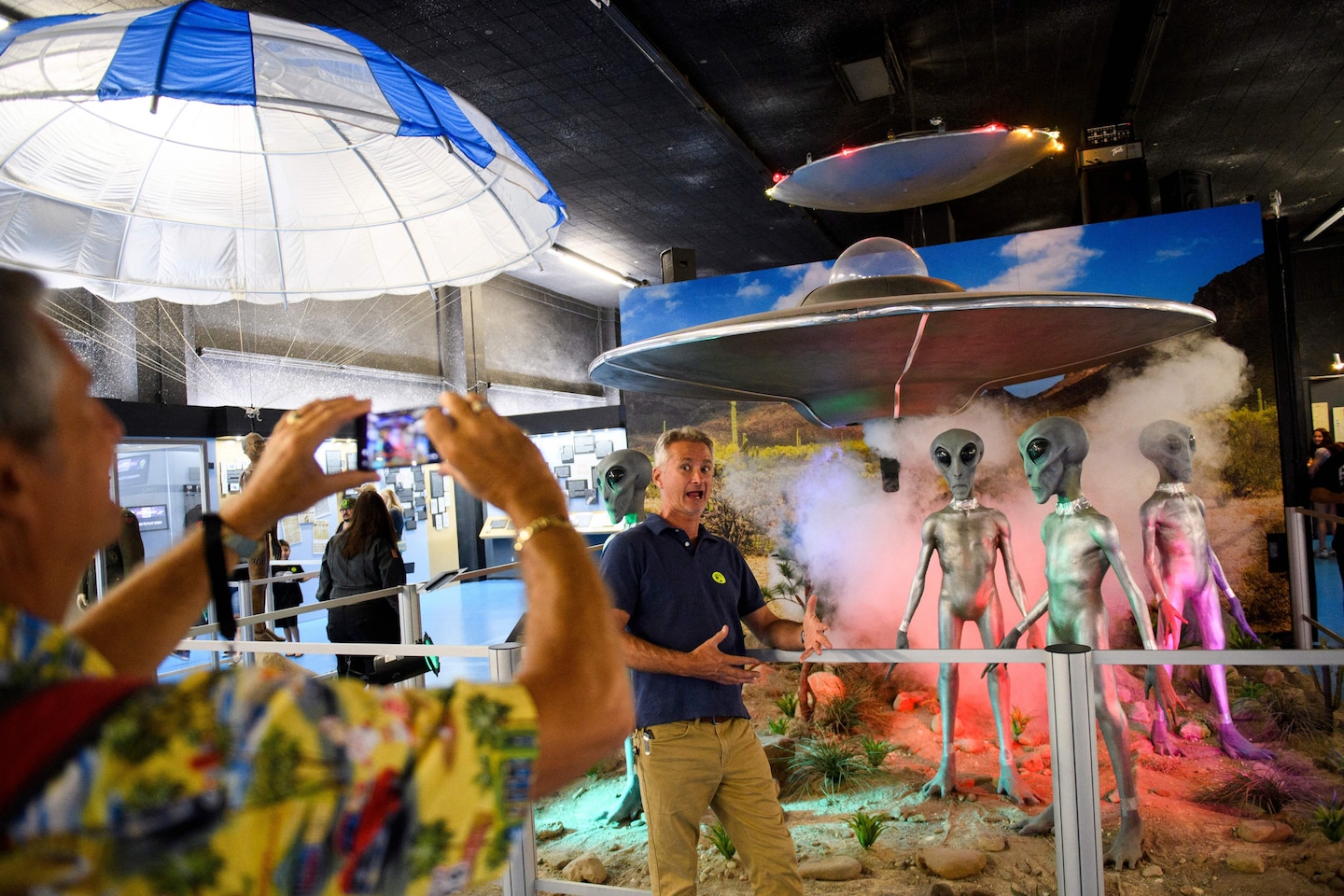-
The Year in Books: Our top science, philosophy and nature picks
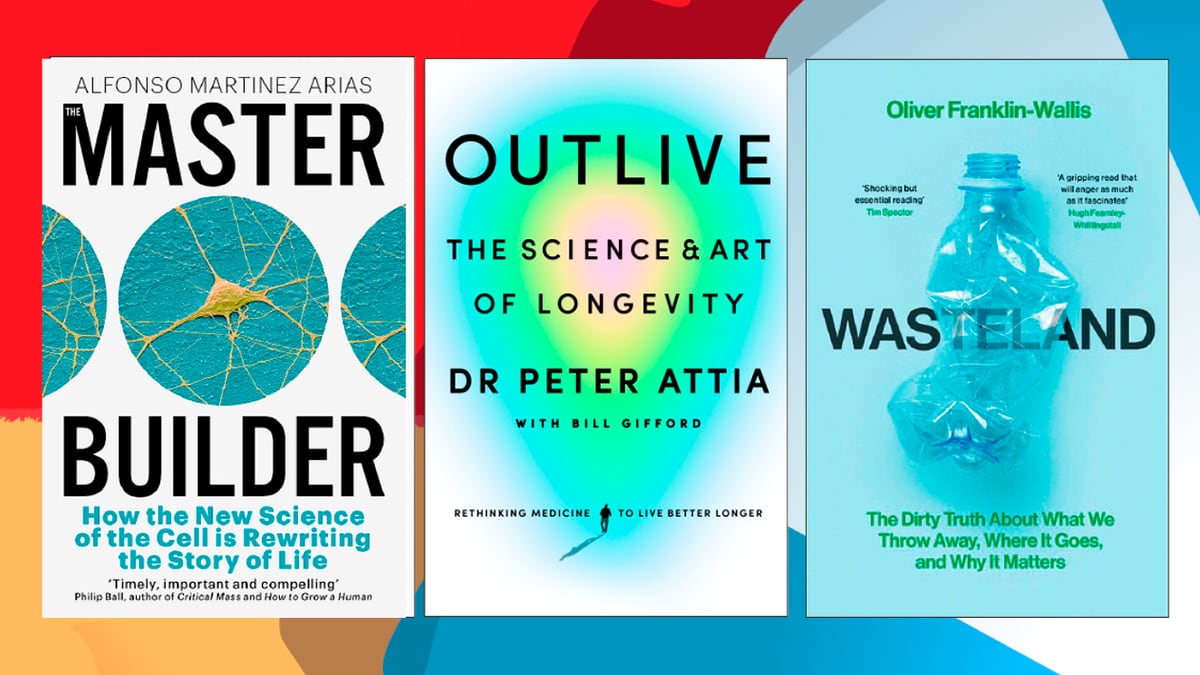
By Mark Broatch 25 Nov, 2023 11:30 PM4 mins to read The Master Builder by Alfonso Martinez Arias, Outlive by Dr Peter Attia and Wasteland by Oliver Franklin-Wallis. A Book of Noises: Notes On the Auraculous by Caspar Henderson (University of Chicago Press) Dividing the noises of creation into four – humans, other life, space…
-
What we actually know about aliens, according to science
GREEN BANK, W.Va. — It came from space, hurtling at tremendous speed: a mystery object, reddish, rocky, shaped like a cigar. Its velocity was so extreme it had to have come from somewhere far away, in the interstellar realm. The astronomers in Hawaii who spotted it in 2017 named it ‘Oumuamua, Hawaiian for “a messenger…
-
Fred Allendorf: Science and Nature: Nobel Prize awarded for the COVID-19 vaccine
FRED ALLENDORF The 2023 Nobel Prize in Medicine was awarded recently to Katalin Karikó and Drew Weissman for their discoveries that enabled the development of mRNA (messenger RNA) vaccines for immunization against the coronavirus that causes COVID-19. According to the committee, “The vaccines have saved millions of lives and prevented severe disease in many more,…
-
Tallman: World conflicts ‘last gasp’ of old regime, as humans evolve toward unity, harmony with nature

Breadcrumb Trail Links Columnists The end times depicted in Revelation, the last book of the Christian scriptures, are a cataclysm of vast destruction and glory. Author of the article: Bruce Tallman • Special to The London Free Press Published Nov 25, 2023 • Last updated 3 hours ago • 3 minute read Join the conversation The…
-
Exploring Neuropsychiatry: Contemporary Challenges, Breakthroughs, and Philosophical Perspectives

Specialty
-
Improved estimates of carbon dioxide emissions from drained peatlands support a reduction in emission factor

Abstract Under the United Nations Framework Convention on Climate Change, Annex 1 countries must report annual carbon dioxide (CO2) emissions from peatlands drained for extraction. However, the Tier 1 emission factor (EF) provided in the IPCC 2014 Wetland Supplement is based mainly on warm season data from a limited number of sites. Here we evaluate…
-
Temperature variation in caves and its significance for subterranean ecosystems
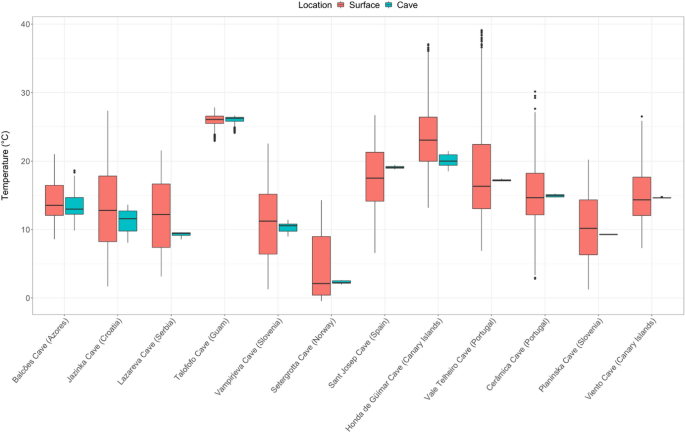
Abstract Climate change affects all ecosystems, but subterranean ecosystems are repeatedly neglected from political and public agendas. Cave habitats are home to unknown and endangered species, with low trait variability and intrinsic vulnerability to recover from human-induced disturbances. We studied the annual variability and cyclicity of temperatures in caves vis-à-vis surface in different climatic areas.…
-
Retroperitoneal totally endoscopic prosthetic repair of lumbar hernia
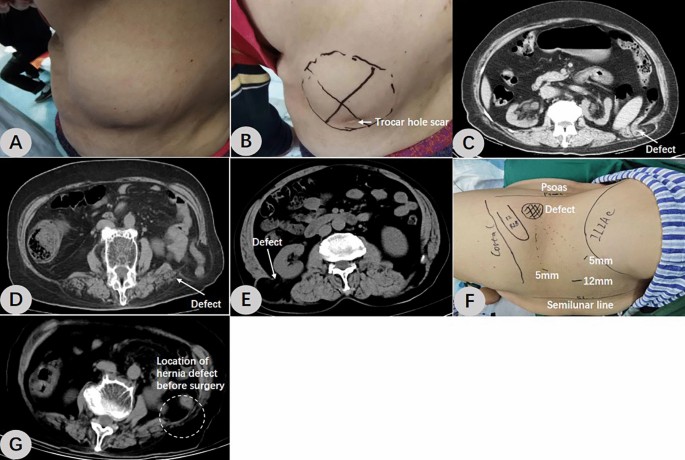
Abstract Lumbar hernia is a rare lateral abdominal wall hernia. Various surgical repair strategies have been recorded, but there is currently no unified standard. A Chinese surgeon recently revealed a novel technique for treating primary lumbar hernia called retroperitoneal totally endoscopic prosthetic repair (R-TEP). We have made a further exploration of this method and successfully…
-
A positive feedback loop regulation between NOTCH1 and USP11 in T-cell leukemia
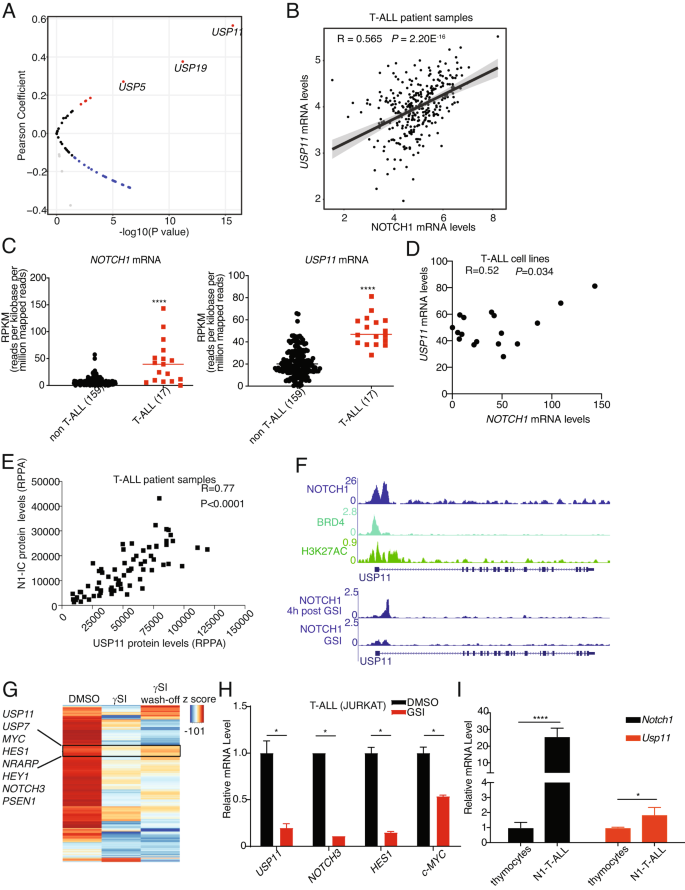
To the Editor: NOTCH1 is a transmembrane receptor in a highly conserved signaling pathway that controls cell fate decisions in various organisms and tissues. In contrast, its dysregulation is associated with developmental disorders transformation [1]. NOTCH1 is composed of extracellular and intracellular domains. Ligand binding of NOTCH1 extracellular domain leads to two consecutive cleavage steps…
-
Muscle activity variability patterns and stride to stride fluctuations of older adults are positively correlated during walking
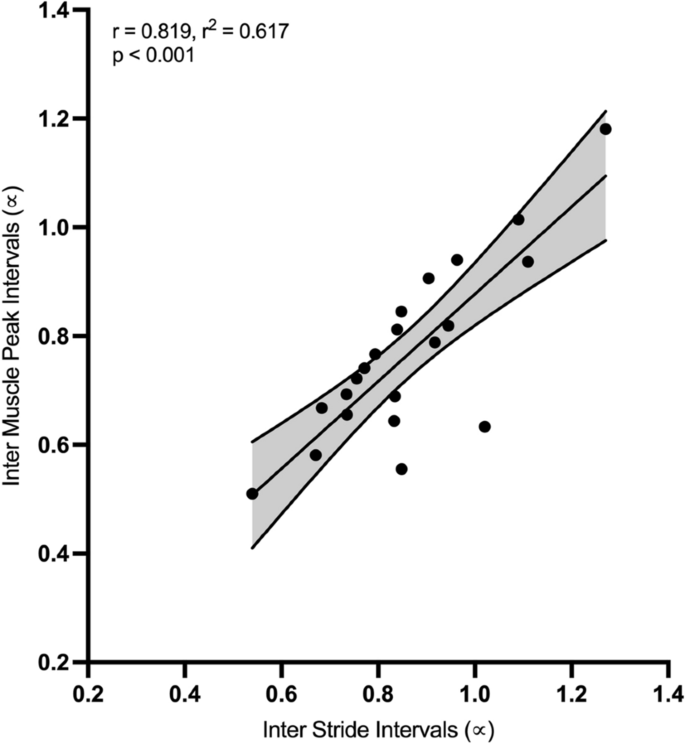
Abstract It has been found that fractal-like patterns are present in the temporal structure of the variability of healthy biological rhythms, while pathology and disease lead to their deterioration. Interestingly, it has recently been suggested that these patterns in biological rhythms are related with each other, reflecting overall health or lack of it, due to…
